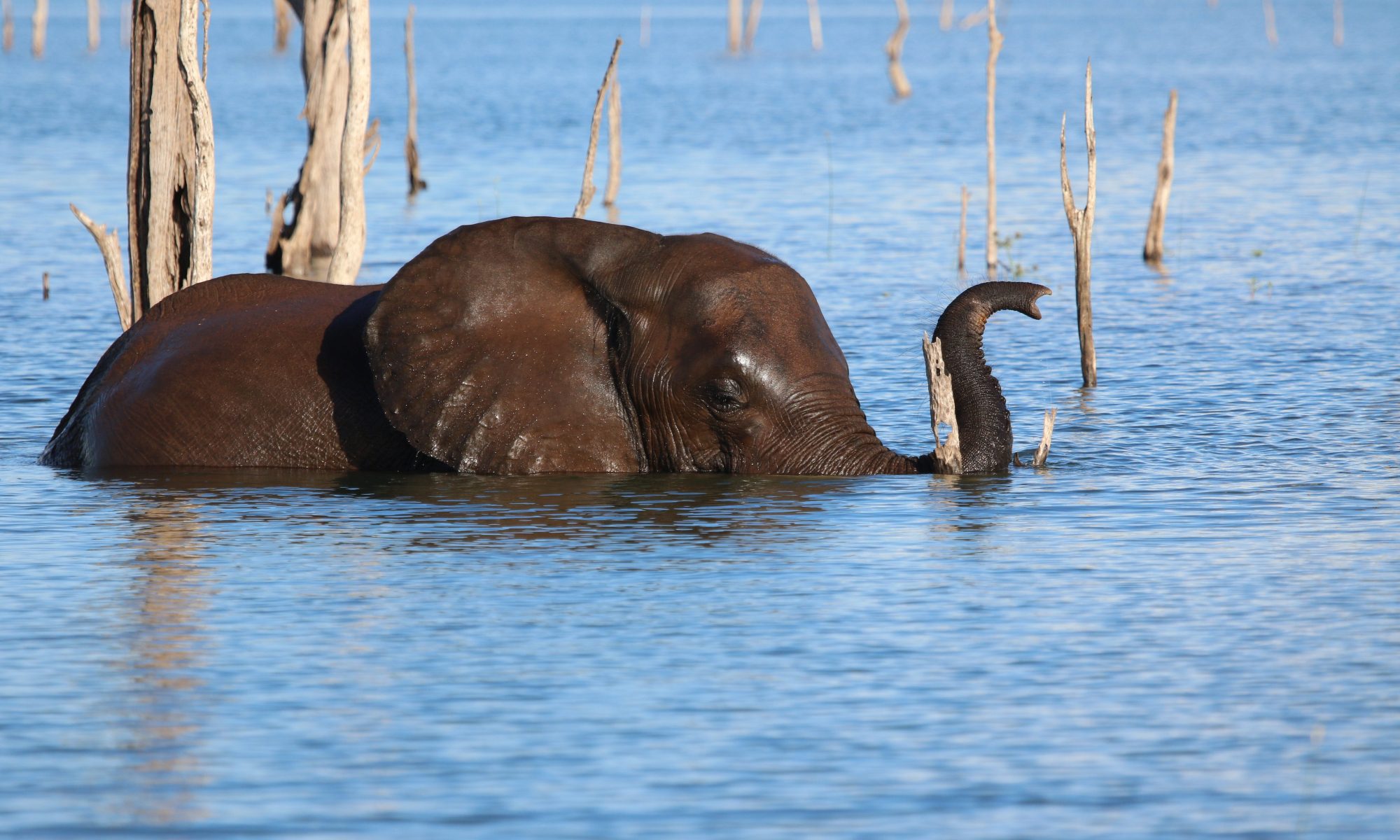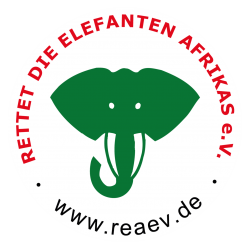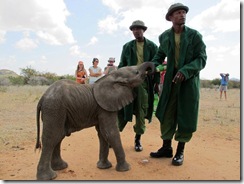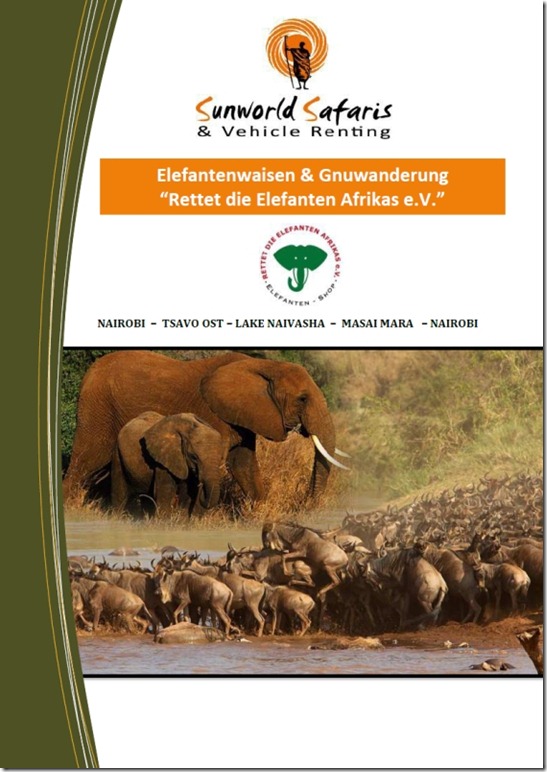Dar Es Salaam — The Government has opened a small window to sell the prohibited elephant ivory in an auction scheduled for December 30, 2010 at the Julius Nyerere International Airport in Dar es Salaam suspected to be a ‚litmus test‘ in an attempt to sell the 90 tonnes of banned ivory stockpiles worth US$ 20 million.
An advert in the local media by the Acting Commissioner of Customs of the Tanzania Revenue Authority (TRA), Patrick Kasaka, listed some 14 parcels which had been impounded by the Customs Department would be among hundreds of assorted items and parcels to be auctioned.
The advertis shows most consignees are from Asia whose parcels were impounded at the airport for various reasons – they include elephant ivory pieces, bungles, carvings, necklaces and ivory sticks.
Asked to comment on the sale of ivory pieces, an official in the directorate of Taxpayer Services and Education told East African Business Week, "There is nothing that bars semi processed ivory items from sale unless they were whole." If that’s the case then Tanzania will have found a safe way to dispose of its banned ivory stocks by simply cutting them into pieces.
One wildlife stakeholder, who preferred anonymity because of the sensitivity of the subject, said "This (sale) is totally illegal. Tanzania would have to change its legislation. Currently it’s illegal to buy or sell ivory in Tanzania, and who will they sell it to? The Chinese? Again totally illegal as there is an international (elephant ivory) ban… Most bizarre, but clearly demonstrates total lack of understanding of the law."
Sale of Tanzania ivory has been one of the most emotive issues in Tanzania this year as the Government sought without success for permission from the Convention on International Trade in Endangered Species (Cites) in May 2010 at the Doha, Qatar meeting, to sell its 90 tonnes stocks worth $20 million.
Tanzania claimed it was selling the stocks, now in Government custody, to spend the proceeds on wildlife conservation, but the CITES meeting dismissed the argument saying it would only fuel the slaughter of more elephants by poachers. As CITES stopped Tanzania from selling the ivory stockpiles, tension built up against proponents for the ban, who included Kenyan wildlife activists.
The Doha conference was reminded of the last concession by CITES that allowed southern African countries to sell their "legal stocks" that immediately resulted in increased poaching in eastern Africa, from where ivory is then smuggled to buyers overseas.
The other fall out was that Kenya was hit by a wave of poaching in 2009 thus hardening the country’s stance on the sale of elephant ivory. The conference was also told that poaching figures for elephants quadrupled in Kenya in 2009 compared to 2007.
Tanzania is said to be losing 200 elephants annually at the hands of poachers mostly in the vast Selous Game Reserve. The Tanzania Natural Resource Forum (TNRF), an Arusha-based organization working to improve natural resource management for local livelihoods, said then Tanzania had serious challenges within its wildlife management systems that must be dealt with before presenting a successful bid to Cites to sell its ivory.
The country has pledged to build its case for the sale the same ivory at the next CITES meeting in 2013. The big issue is what would happen if Tanzania was allowed to sell the ivory.
Would this encourage more poaching of elephants or boost conservation? Zimbabwe, South Africa, Botswana, and Namibia have in the past been granted approval through CITES for limited ivory sales, hence the need for Tanzania to clearly demonstrate that illegal stuff will not be mixed with the stockpiled ivory.
However, Tanzania wildlife stakeholders are against the sale of the ivory proposing instead for the Government to build special wildlife museums in Arusha and Dar es Salaam which would serve as permanent sources of income as tourists would pay to visit them.
They doubt if the one-off sale for $20m won’t end up in bank accounts of wildlife conservation officials.
Tanzania’s international credibility is weak because there is little evidence that the Government can effectively curb illicit ivory trade within its borders as major recent ivory seizures in Asia have been traced back to Tanzania.
A report released in March by the London and Washington, DC-based Environmental Investigative Agency (EIA), shows that a lot needs to be done.
The report titled ‚Open Season – The Burgeoning Illegal Ivory Trade in Tanzania and Zambia,‘ says the poaching threat in Tanzania is most pronounced in the 50,000 sq m Selous Game Reserve. During the last big wave of elephant poaching that hit much of Africa in the 1980s, the Selous lost 70,000 elephants.
Yet a catalogue of reports and evidence show that the reserve is still poorly protected and wide open to poachers, who are often assisted by corrupt game scouts.
Field investigations by EIA show continued flow of ivory out of the Selous. Poachers enter the reserve for periods of around two weeks and kill an average of 10 elephants on each trip, according to the report.
The bulk of the ivory poached from the Selous is smuggled through Dar es Salaam in containers to markets in the Far East, adds the report. In July 2006, Customs officers at Kaohsiung port, Taiwan, intercepted two containers supposedly containing sisal fibre shipped from Tanga.
In one container, bales of sisal were found to conceal 744 elephant tusks. In the other, 350 tusks were discovered – a 5.2-tonne ivory haul. In the same month, 2.6 tonnes of ivory, comprising 390 tusks and 121 cut pieces, were seized at a house in Hong Kong.
Source: http://allafrica.com/stories/201012131445.html





